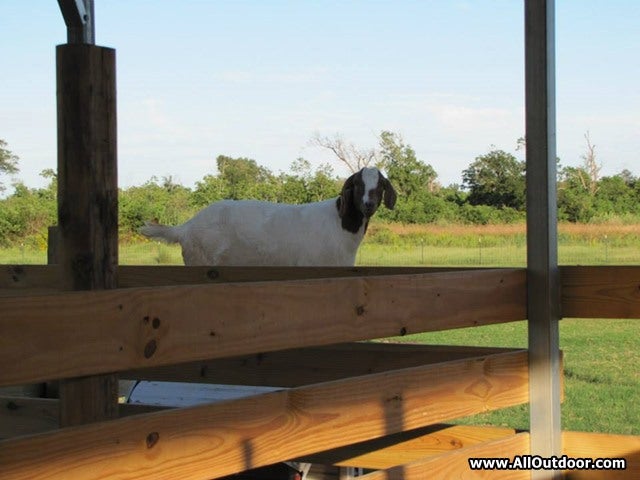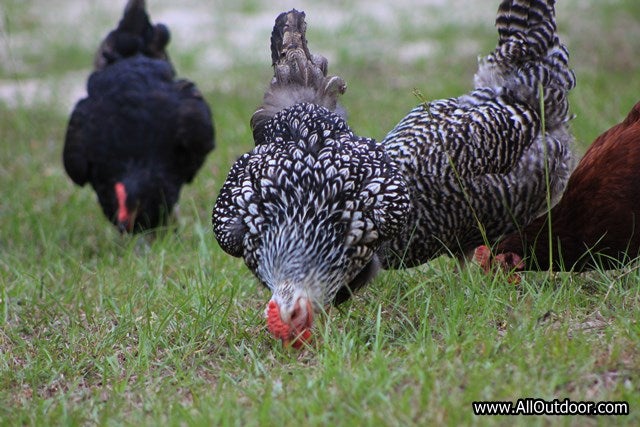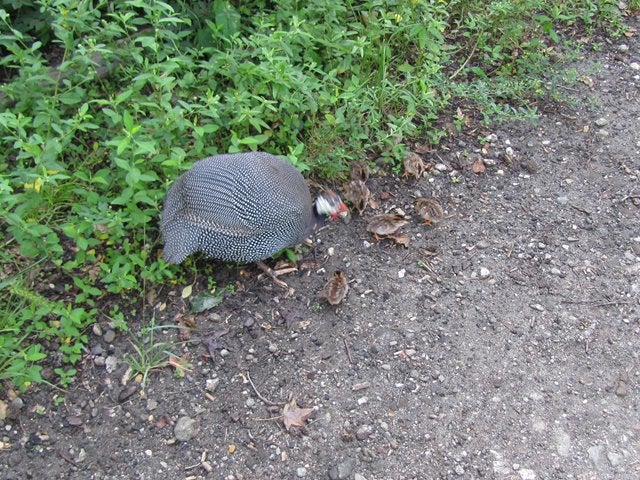Best Survival Livestock for SHTF
Kevin Felts 08.02.18

Thinking about putting together a farm with the best survival livestock for SHTF? Before the reader invests their money, let’s take a few minutes and talk about the best survival livestock.
What are some of the things we may want to consider?
For one, no two types of livestock should graze on the same forage. For example, horses and cows in the same field tend to strip the land. While the cattle eat the top of the grass, horses may eat the grass down to the roots. Unless they have plenty of land to roam on, the field may become barren.
Then there is size. We want livestock which can be butchered and eaten in one sitting. This is either by a group of people, or a family sized unit. This means cattle are out of the question.
Produce either milk or eggs. With chickens and goats we can get milk and eggs in good quantity. Milk cows may provide too much milk which may have to be thrown out.
Goats
Goats could be an important survival livestock. They have been domesticated for around 10,000 years and have been used by people for everything from meat to milk production.
Goats are foragers who eat greenery that is off the ground, such as leaves, shrubs, and vines. This makes them ideal for co-habitation for livestock which eat grass. Coupled with something like sheep, or even cattle, goats and do not compete for the same food sources as sheep and cattle.
Goats milk can be used to make cheese and butter. Their milk is supposed to be healthier for people than cows milk.
Chickens
One of the best survival livestock someone could have is chickens. They can forage, lay eggs, sometimes go broody, and when butchered can typically feed a family of four with some side dishes such as fried okra or green beans.
When explorers arrived at the New World, what was one of the first livestock brought from Europe? Chickens. In fact, over the past 10,000 years anywhere people went, they brought their chickens with them.
Native to the jungles of Southeast Asia, chickens do well in a wide range of regions.
Guineas
Guineas rarely lay eggs, so why are they listed? Because they are excellent foragers, larger than most chicken breeds, and their meat is considered a delicacy in parts of Europe.
Guineas are closely related to the pheasant. Both are ground dwelling birds who can fly for short distances.
Unlike chickens, guineas have retained wild instincts for roosting in tree tops. Guineas roam the land with their necks stretched out looking for seeds and bugs, almost like a vacuum cleaner. They also have a reputation as tick killing machines.
Unlike chickens, guineas rarely dig through leaves, pine straw, or mulch to find food.
Sheep
Sheep are often overlooked as a survival livestock. Coupled with goats in the same area, goats tend to eat vines, weeds, and shrubs, while sheep eat grass. This means they rarely compete for the same food source.
Sheep’s milks is supposed to be healthier for people than either goat or cows milk.
Then there is wool production which can be used to make clothing and blankets.
Final Thoughts
Why weren’t pigs listed? We are looking for livestock which serve multiple roles, such as chickens and their eggs.
Guineas are only listed because they are very good at finding their own food, and are supposed to be good at keeping insects under control. Also, it is not uncommon for a mama guinea to show up with a flock of newly hatched guinea chicks with her.
What does the reader think of the list? Should anything be added or changed?


